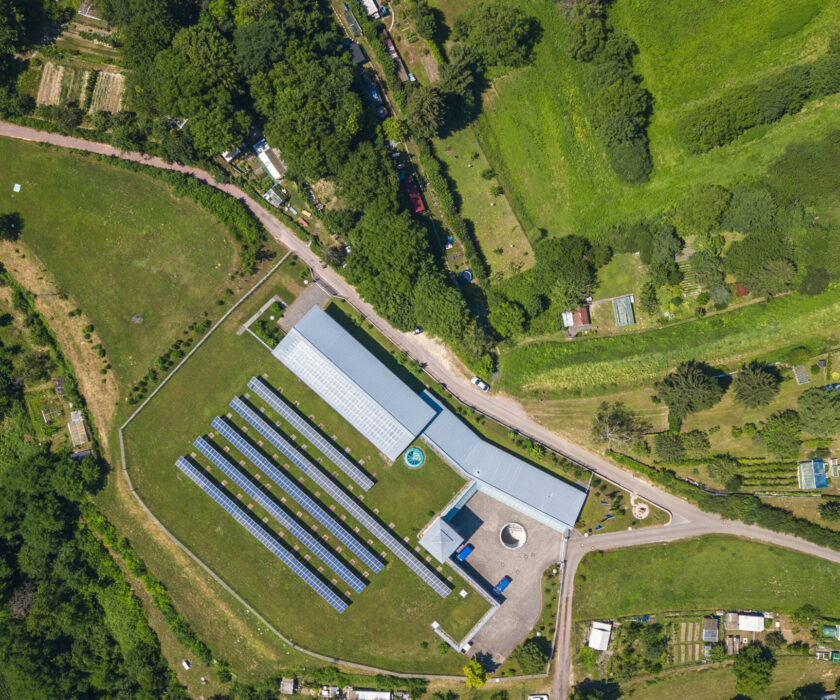As land in British Columbia becomes increasingly scarce and expensive, land assemblies are becoming a popular strategy for property investors and developers. A land assembly involves purchasing multiple adjacent parcels of land with the intention of combining them into a larger property for development. In this blog article, we will provide an overview of the land assembly process in British Columbia, explore the reasons why a developer may opt for a land assembly, and provide some statistics surrounding land assemblies in the province.
The Land Assembly Process
The land assembly process in British Columbia can be complex and time-consuming, but it can also be a lucrative strategy for developers. The first step in the process is to identify the properties that are available for purchase and that are adjacent to each other. This can involve a significant amount of research and due diligence to ensure that the properties are zoned for the intended use and that there are no legal restrictions or obstacles to the assembly.
Once the properties have been identified, the developer must negotiate with the owners to purchase the properties. This can be a challenging process, as some owners may not want to sell or may have unrealistic expectations about the value of their property. It is important for the developer to work with a skilled negotiator who can help to facilitate the purchase of the properties at a fair price.
Once the properties have been acquired, the developer must apply for rezoning and other necessary permits from the local government. This can involve significant time and expense, as the developer must ensure that the proposed development meets all of the local bylaws and regulations.
Why Opt for a Land Assembly?
There are several reasons why a land developer may opt for a land assembly for their next project. One of the main advantages of a land assembly is that it allows the developer to create a larger property that can be developed more efficiently and effectively. By combining multiple properties into a single development, the developer can achieve economies of scale and reduce the overall cost of the project.
Another advantage of a land assembly is that it allows the developer to create a more cohesive and attractive development. By combining multiple properties into a single development, the developer can create a more unified and well-designed project that will be more appealing to buyers and tenants.
Statistics Surrounding Land Assemblies in British Columbia
According to a recent report by the Real Estate Board of Greater Vancouver, land assemblies are becoming increasingly popular in the province. In 2020, there were 41 land assemblies in the Greater Vancouver area, representing a total of 365 properties. The total value of these land assemblies was $2.6 billion.
In addition, the report found that the most common use for land assemblies in the Greater Vancouver area was for the development of high-rise condominiums. This is likely due to the high demand for housing in the region and the limited availability of developable land.
Land assemblies can be a complex and time-consuming process, but they can also be a lucrative strategy for property investors and developers. By combining multiple properties into a single development, developers can achieve economies of scale, reduce costs, and create more attractive and cohesive projects. As land in British Columbia becomes increasingly scarce and expensive, we can expect to see more developers turning to land assemblies as a way to maximize the value of their investments.


